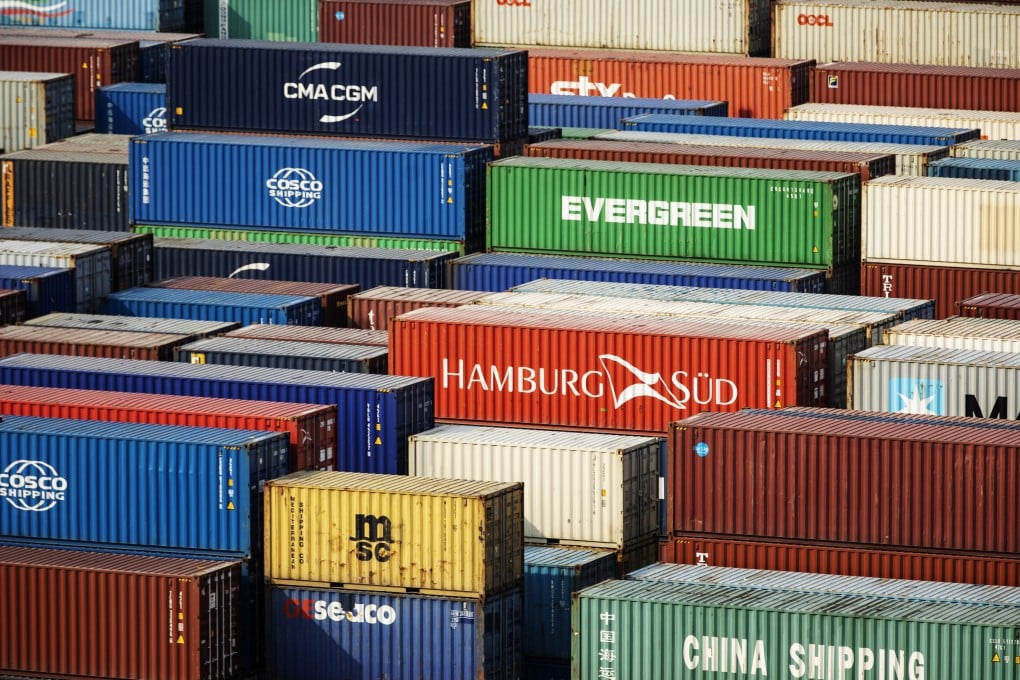China exporters react to Donald Trump’s new trade war tariff plan: ‘This will kill my US market’
- Exporters from China woke up to the news that Trump is pressing forward with the ‘nuclear option’ in the long-running trade war
- ‘This will completely kill my US market,’ said one manufacturer, whose company exports video game console controllers to the US

Exporters from China woke up on Tuesday to the news that US President Donald Trump has pressed forward with what was previously considered the “nuclear option” in the long-running trade war.
By publishing a plan to roll out tariffs of up to 25 per cent on almost all of the remaining goods China sells to the United States, Trump has gone further than many thought possible when the trade war’s first skirmishes took place almost one year ago.
Overnight, the Office of the United States Trade Representative (USTR) published List 4 of the Section 301 regime of trade tariffs. This pledged to impose tariffs of up to 25 per cent on Chinese goods with an approximate total annual trade value of US$300 billion.
“The proposed product list covers essentially all products not currently covered by action in this investigation”, the USTR notice read, excluding “pharmaceuticals, certain pharmaceutical inputs, select medical goods, rare earth materials, and critical minerals”.